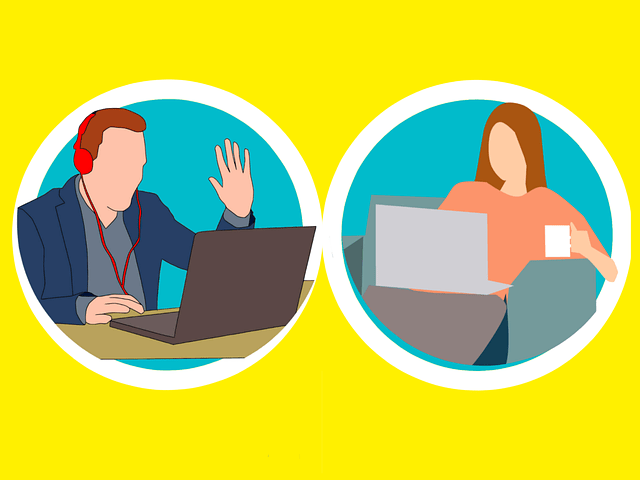
In this age of coronavirus, video calling has become the new norm. You can talk to anyone, anytime, without worrying about social distancing. Just put yourself in front of a webcam, call someone, and chat without the risk of contamination.
If you rely on Google Nest for your voice calls, you may notice a drop in video quality in your future calls. Don’t fiddle with your Internet settings, however; this is a deliberate move from Google in light of the COVID-19 pandemic.
What Is Google Doing?
In response to the increase in Internet traffic after the coronavirus pandemic, Google is bumping down the video quality of every Nest unit that was set to higher than its default. As a result, people will take up less data when making a call, and thus reduce the load on the servers.

If you already have your Google Nest set to the default quality, you won’t see any change. Similarly, if you’re using a quality lower than the default, it will stay at that point.
This change will only affect people who have manually selected a quality above the default setting. These will be automatically bumped down to default, thus reducing quality.
Google said the following to The Verge:
“To answer the global call to prioritize internet bandwidth for learning and working, in the next few days we’re going to be making a few changes.
“We believe these changes have the potential to help make it easier for communities to keep up with school, work, and everything in between.”
Fortunately, this bump down in quality is not forced. If you rely on your Google Nest’s video feed for security purposes, for instance, you can manually readjust the quality setting back to your preference.
However, if you do allow Google to tone down your quality, it won’t be forever. Google has stated that once everything has calmed down, everyone’s Nests will revert back to users’ settings automatically.
Why Is Google Doing This?
So why is Google lowering video quality? The answer becomes obvious when you take ISPs, servers, and bandwidth into account.

The recent COVID-19 pandemic has forced people to work and play from home. This, in turn, has caused a large influx of traffic, as people used the Internet to download movies, stream videos, or host teleconferencing meetings.
This, in turn, has put a major strain on ISPs and service providers. Both of these industries have a limited amount of resources to give to people, and the wave of new users has soaked up said resources.
As such, companies such as Netflix are cutting down their video quality to help both the ISPs and themselves handle the load. Google is but one of the companies lowering their product’s bandwidth usage to make room for business and education purposes.
Keeping the Bandwidth Low
If you have a Google Nest and use it for video calling, don’t be too alarmed if you notice a quality drop. Google has recently brought everyone above the default level down to the factory default setting, but you can always push it back up if need be.
For all its faults, Google can be proactive with its services, such as reducing video quality to the default. It has also been known to inform Google Nest answers to reset weaker passwords to help with security.







